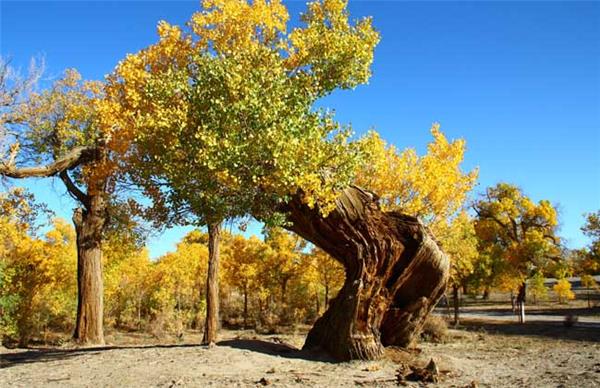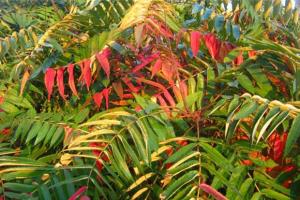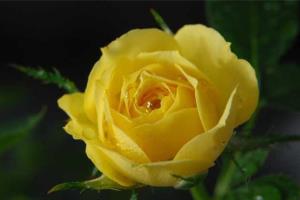Propagation methods of Populus euphratica Seedling raising techniques of Populus euphratica
Populus euphratica, Populus euphratica,

Growth habits of Populus euphratica
The cultivation technique of Populus euphratica is a tree species under dry continental climate, which likes light, heat, atmospheric drought, salt, wind and sand, and grows poorly in hot and humid climate and clayey soil. Populus euphratica requires sandy soil, Populus euphratica follows wherever desert rivers flow, and desert rivers change quite frequently, so Populus euphratica has left traces of stopping everywhere in the desert. Populus euphratica depends on the protection of the root system, the groundwater level is not less than 4 meters can live very freely, after the groundwater level falls to 6-9 meters, it appears to be in the doldrums, and the lower water table will die.
Propagation methods of Populus euphratica
Populus euphratica is mainly propagated by seeds, so it is difficult to survive by cutting. The seeds of Populus euphratica are easy to lose water and lose the ability of germination. From July to August, after the ear changes from green to yellow and the tip of the capsule is cracked and exposed, the excellent mother plant should be selected in time to collect the ear and dry and de-seed. Choose moist, fertile, well-drained fine sand or sandy loam soil to build beds, ridge beds or low beds, seeds mixed with fine sand to sow or sow. 4-year-old seedlings can be afforestation. Direct seeding afforestation or seedling planting afforestation can be done.

Seedling raising techniques of Populus euphratica
1. Nursery selection: Populus euphratica seedling land should be selected in a ventilated and convenient place for irrigation and drainage, and the soil is rich and loose sandy loam or light saline-alkali soil.
2. Irrigation and loosening soil: 2-year-old seedlings should be irrigated twice a year, which can meet the physiological needs. Loosen the soil and weed for 4 times, especially after irrigation or rain. Topdressing 1-2 times, interseedling 2 times, maintain a reasonable density. Properly remove some of the leaves in the lower part of the seedling. It is beneficial to light transmission and ventilation, lowers the surface temperature, and does not give rust a chance to move.
3. Disease control: the key to sowing and raising seedlings of Populus euphratica is to control the harm of scab at the seedling stage. Once the disease occurs, 15% strychnine can be used. The disease of 1-year-old seedlings of Populus euphratica was not or mild. The 2-year-old seedlings were the most susceptible to disease, the leaves of the seedlings were yellow and withered and died, the disease occurred at the end of May, was serious in July and August, and basically stopped at the beginning of September. The seedlings were infected from the bottom up and were not infected or slightly infected at a height of more than 1.3 meters. In addition, excessive irrigation, poor drainage and heavy rainfall in summer can contribute to the occurrence and spread of the disease.
Related
- Wuhan Hospital Iron Tree Blooming Result Was Instantly Frightened by the Gardener Master
- Which variety of camellia is the most fragrant and best? Which one do you like best?
- What is the small blue coat, the breeding methods and matters needing attention of the succulent plant
- Dormancy time and maintenance management of succulent plants during dormancy
- Minas succulent how to raise, Minas succulent plant pictures
- What are the varieties of winter succulent plants
- How to raise succulent plants in twelve rolls? let's take a look at some experience of breeding twelve rolls.
- Attention should be paid to water control for succulent plants during dormant period (winter and summer)
- Watering experience of twelve rolls of succulent plants
- Techniques for fertilizing succulent plants. An article will let you know how to fertilize succulent plants.



